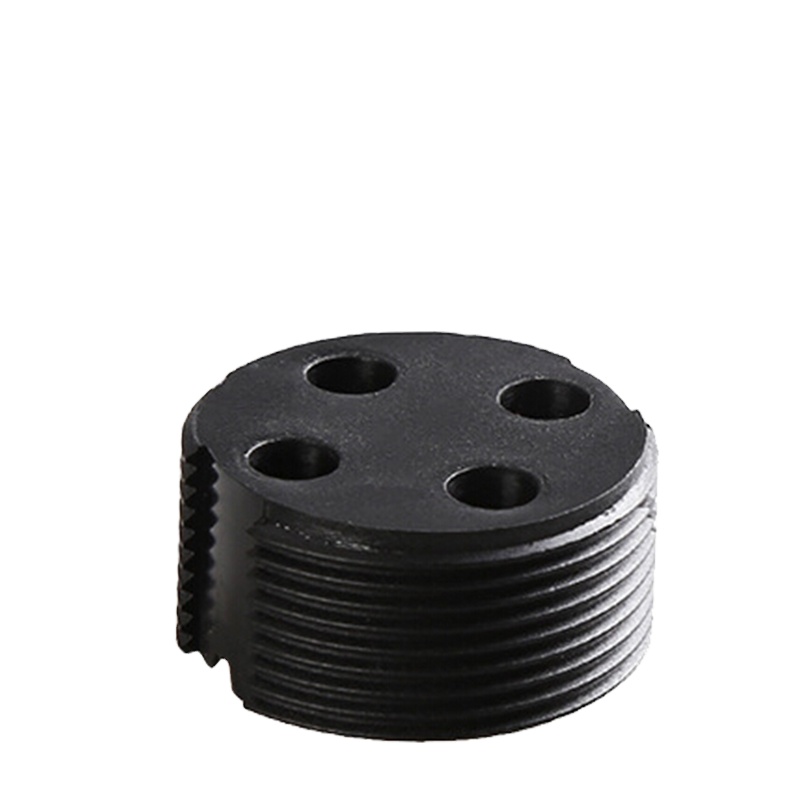
Understanding RFID Tags and Their Applications
Table of Contents
Introduction to RFID Technology
In this guide, we’ll break down how RFID tags work, their different types, and how companies are using them today to reduce errors, cut costs, and save time.
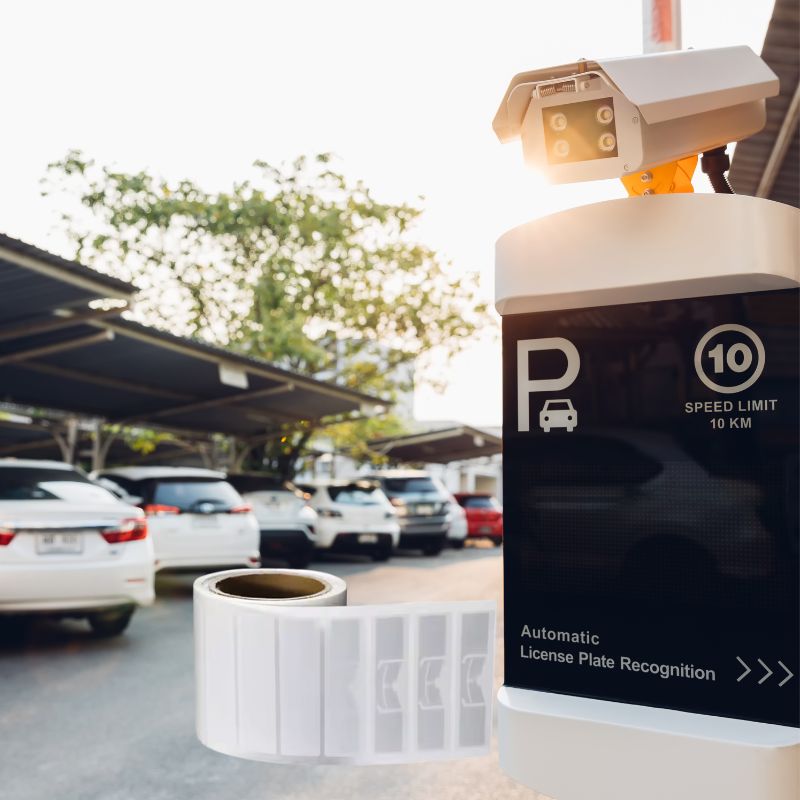
What Are RFID Tags
A passive RFID tag is a small electronic device that uses radio waves to store and transmit data to nearby RFID readers. Unlike barcodes, RFID tags don’t require a line of sight, allowing for contactless and automated tracking.
Each tag typically includes:
- A microchip to store data
- An antenna to transmit the signal
- A substrate (material like paper, plastic, or ABS) to hold components together
These tags are widely used for tracking inventory, securing assets, and automating identification systems across industries.
How RFID Tags Work
RFID technology functions through three main components:
- RFID Tag – Contains stored data such as a product ID, serial number, or timestamp.
- RFID Reader – Sends out radio waves to detect tags within range.
- Backend Software/System – Collects, processes, and visualizes the data from the reader.
There are two major tag categories:
- Passive RFID Tags: Powered by the energy from the reader. Cost-effective and common.
- Active RFID Tags: Battery-powered, enabling longer read ranges and continuous broadcasting.
Depending on the frequency and tag type, read ranges can vary from a few centimeters to over 100 meters.
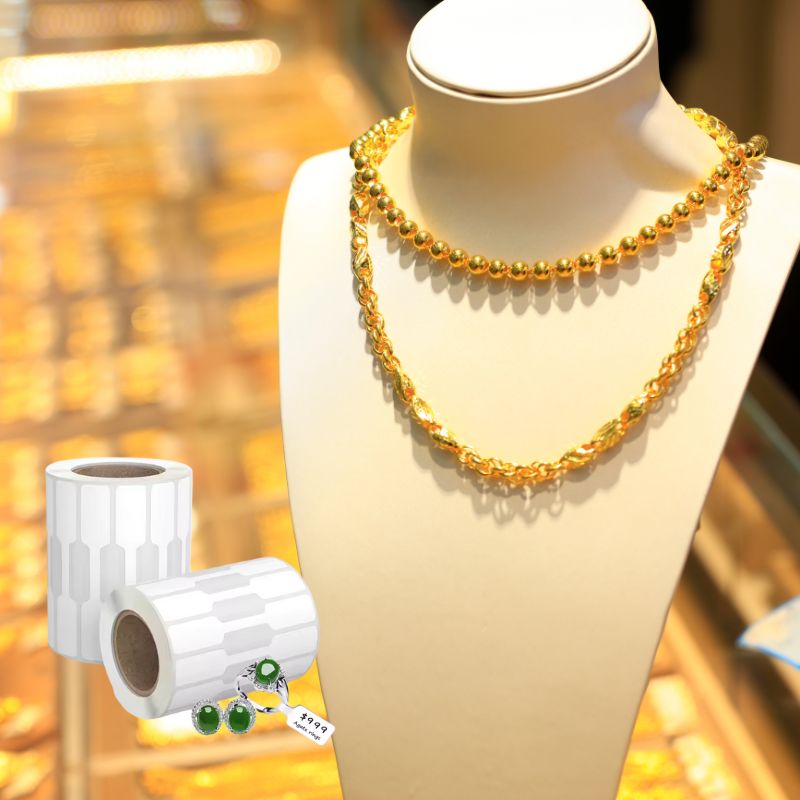
Types of RFID Tags: What's the Difference?
Here’s how RFID tags differ based on their power source and use case:
| Type | Power Source | Read Range | Use Case Examples |
| Passive | Reader-powered | Up to 10 meters | Retail, logistics, access control |
| Active | Built-in battery | 30–100+ meters | Fleet tracking, real-time location systems |
| Semi-Passive | Battery-assisted (sensors) | 10–50 meters | Cold chain, environmental monitoring |
Passive RFID tags are the most widely adopted due to their affordability, scalability, and compact form factor.
Types of RFID Tags by Frequency
RFID systems are generally categorized by frequency, which affects their read range and performance.
1. LF RFID (Low Frequency – 125 kHz)
Read Range: Up to 10 cm
Best for: Animal tracking, access control
Features: Resistant to water and metal interference
2. HF RFID (High Frequency – 13.56 MHz)
Read Range: Up to 1 meter
Best for: Library systems, smart cards, payment systems
Compatible with NFC tags
3. UHF RFID (Ultra High Frequency – 860–960 MHz)
Read Range: Up to 12 meters
Best for: Inventory tracking, logistics, retail, supply chain
Widely used in warehouse and vehicle tracking systems.
What Businesses Use RFID Tags?
RFID has evolved into a mainstream solution across both small and large businesses. Common adopters include:
- Retailers (Zara, Decathlon): For inventory accuracy and theft prevention.
- Hospitals & Labs: Tracking patient wristbands, medications, and instruments.
- Logistics & 3PLs: Real-time asset movement across supply chains.
- Laundries & Hotels: Managing linens and uniforms.
- Construction Firms: Tool tracking and worker access control.
- Forestry & Agriculture: Tree management, livestock tracking.
- Event Venues: RFID-enabled tickets and crowd flow monitoring.
These sectors benefit from faster processes, lower losses, and better visibility.
RFID in Logistics vs Retail vs Healthcare
Let’s compare how RFID plays a role across these key sectors:
| Feature | Logistics | Retail | Healthcare |
| Goal | Real-time tracking and route optimization | Inventory visibility & anti-theft | Asset tracking, patient safety |
| Tags Used | Passive UHF, Active Tags | Passive UHF, NFC | Passive HF, NFC |
| Use Case | Container tracking, pallet scanning | Shelf audits, POS automation | Medicine tracking, patient ID |
| ROI Focus | Efficiency & error reduction | Shrinkage reduction & sales uplift | Time-saving & safety |
Each industry tailors its use of RFID based on the type of asset, environment, and desired level of automation.
9 Real-World Applications of RFID Tags
RFID tags are no longer just a futuristic concept — they’re being used across industries worldwide to improve efficiency, accountability, and traceability. Below are nine of the most impactful and practical uses of RFID tags, accompanied by real-world examples for each.
1. Inventory Management
In warehouses and retail outlets, RFID inventory systems enable businesses to perform real-time stock monitoring with over 99% accuracy. Unlike traditional barcodes, RFID tags don’t require line-of-sight, allowing multiple items to be scanned simultaneously.
Use Case: A global fashion retailer deployed RFID tags across all apparel to automate shelf audits. Store managers now scan an entire aisle in seconds, improving stock accuracy and replenishment timing.
Benefits:
- Faster stocktaking
- Reduced stockouts
- Real-time inventory visibility
2. Retail Loss Prevention
Shrinkage is a major concern in retail. If RFID tags embedded in product labels(such as hang tags or stickers) are not properly deactivated at checkout, alarms may be triggered at the exit.
Use Case: Electronics retailers like Best Buy use RFID technology in high-value goods like headphones, gaming consoles, and smartphones to prevent theft and track inventory movements.
Benefits:
- Deterrence of shoplifting
- Better product traceability
- Seamless checkout integration
3. Supply Chain Visibility
RFID tags are increasingly used in logistics and freight for end-to-end tracking of shipments. They allow businesses to monitor goods in real time from the manufacturer to the customer.
Use Case: A third-party logistics (3PL) provider tagged pallets with passive UHF RFID tags to monitor cross-dock movements. Delays and losses were reduced by 30%.
Benefits:
- Real-time shipment updates
- Increased delivery accuracy
- Proof of chain of custody
4. Laundry Management
Hotels, hospitals, and uniform rental services benefit immensely from RFID laundry tags. These rugged textile tags withstand extreme heat, water, and pressure.
Use Case: A hospital group tagged all linens and surgical garments to track washing cycles. The system reduced linen loss by 20% and ensured compliance with hygiene standards.
Benefits:
- Minimized linen loss
- Cycle count tracking
- Improved operational efficiency
5. Tree and Plant Management
Environmental agencies, city planners, and agriculture sectors are using RFID tags for tree identification and plant tracking. Tags contain data about species, treatment history, age, or inspection schedules.
Use Case: A city council tagged all street trees with RFID to monitor pest treatments and pruning schedules. It streamlined arborist workflows and ensured public safety.
Benefits:
- Lifecycle monitoring
- Easier compliance with regulations
- Accurate location mapping
6. Healthcare Asset Tracking
Hospitals use RFID asset tracking technology to manage high-value medical equipment and improve patient safety. RFID wristbands also help confirm patient identity, medication schedules, and care routines.
Use Case: A hospital system tags infusion pumps and wheelchairs. As a result, equipment downtime was cut in half due to faster location tracking.
Benefits:
- Reduced asset loss
- Faster equipment availability
- Enhanced patient safety
7. Cold Chain Monitoring
For the pharmaceutical and food industries, semi-passive RFID tags with temperature sensors monitor sensitive goods during transportation.
Use Case: A vaccine distributor used RFID to ensure vials stayed within 2°C–8°C during delivery. Non-compliant batches were flagged before administration.
Benefits:
- Real-time temperature alerts
- Compliance with safety standards
- Fewer product recalls
8. Construction Tool & Equipment Tracking
On job sites, RFID tags on metal tools help track tool usage, prevent theft, and assign responsibility. Rugged ABS or epoxy-encased tags withstand harsh outdoor environments.
Use Case: A construction company used RFID to check tools in/out daily. This improved accountability and reduced misplaced equipment incidents by 40%.
Benefits:
- Inventory control at job sites
- Loss prevention
- Usage analytics
9. Vehicle Access & Fleet Management
RFID tags are often placed on windshields to control access to parking garages, gated communities, or toll roads. They offer hands-free identification, typically operating at speeds of up to 60 km/h.
Use Case: A commercial fleet used RFID to automate gate entry/exit logs, cutting manual tracking time and enhancing security.
Benefits:
- Fast, contactless access
- Increased site security
- Accurate log data for fleet analysis

Choosing the Right RFID Tag: A Quick Buyer’s Guide
Selecting the correct RFID tag is critical to the success of your tracking system. Using the wrong type can lead to weak signal performance, missed reads, environmental failure, or wasted budget.
Below is a step-by-step guide to help you choose the correct RFID tag based on your business needs, environmental conditions, and technical requirements.
1. What Are You Tagging?
The type, size, and material of the item you’re tagging will determine what kind of RFID tag you need.
- Metal items: Require on-metal RFID tags with a special structure to prevent signal reflection.
- Textiles or uniforms: Use washable fabric tags or sewn-in laundry RFID tags.
- Plastic or cardboard: Standard RFID labels or inlays work well.
- Tiny tools or assets: Choose small-form-factor RFID hard tags for a secure fit.
Always match tag size and material compatibility with your item’s surface.
2. Where Will It Be Used? (Environment)
Environmental factors play a big role in tag durability and performance.
| Condition | Recommended Tag Type |
|---|---|
| Outdoor exposure | Rugged, weatherproof RFID hard tags |
| High temperature (>160°C) | High-temp RFID tags (e.g., ceramic-based) |
| Moisture, water, chemicals | Waterproof tags with epoxy or ABS casing |
| Industrial abrasion | Encased or screw-mount industrial RFID tags |
For environments with interference (e.g., metal or liquid), always choose tags designed for those surfaces.
3. Required Read Range
Your application determines how far the tag must be readable from:
- Short-range (<1m): Access control, tool check-outs, patient wristbands
- Mid-range (1–5m): Retail inventory, asset tracking
- Long-range (5–30m): Pallet tracking, vehicle access, warehouse gates
- Ultra-long-range (30 m+): Logistics, fleet management (use active RFID tags)
Don’t overpay for long-range if short-range is sufficient. Match the range to the use case.
4. Mounting & Attachment Method
The way the tag will be applied also matters:
| Attachment Type | Use Case |
|---|---|
| Adhesive (sticker) | Books, boxes, shelves |
| Sew-in or heat-seal | Linens, uniforms |
| Screw-mount or rivet | Industrial equipment, vehicles |
| Zip tie/strap | Cables, pipes, and agricultural uses |
| Embedded/inlay | Packaging or product integration |
Select a tag with the correct form factor and mounting option for optimal durability and ease of application.
5. Memory & Encoding Needs
Not all RFID tags store the same amount of data. Choose based on what you need the tag to carry:
- EPC-only (96–128 bits): Item ID, SKU – standard for inventory
- User memory (512+ bits): Custom data like expiration date, service history
- Tamper-evident: Alerts when the tag is broken or removed
- Password protection: For sensitive or access-control systems
Use EPC Gen2-compliant tags for global compatibility.
6. One-Time Use or Reusable?
- One-time use (disposable): Ideal for retail, shipping, logistics
- Reusable tags: Use in industrial, healthcare, or high-value asset tracking to reduce long-term costs
Consider your ROI — sometimes reusable tags save more over time.
7. Frequency Compatibility
Ensure that your tag operates at the correct frequency for your region and reader system:
| Frequency | Application |
|---|---|
| LF (125 kHz) | Short-range, animal tracking, and access control |
| HF (13.56 MHz) | Smart cards, NFC, and healthcare |
| UHF (860–960 MHz) | Logistics, retail, industrial tracking |
Use UHF RFID tags for long-range applications, and HF/NFC for proximity and mobile scanning.
8. Budget Considerations
Pricing can range from $0.05 to $5+ per tag, depending on:
- Quantity ordered
- Type (label vs. hard tag)
- Features (memory, durability, mounting)
- Customization (printing, encoding)
Don’t just choose the cheapest option. The correct tag prevents loss, boosts efficiency, and lowers labor costs.
Need Help Choosing the Right RFID Tag?
We specialize in custom RFID tags and labels for every industry. From UHF asset tracking to washable laundry tags, we have what your business needs.
➡️ Request a Free Sample
➡️ Get Expert Help Choosing Your RFID Tag
Comments
Hot Products
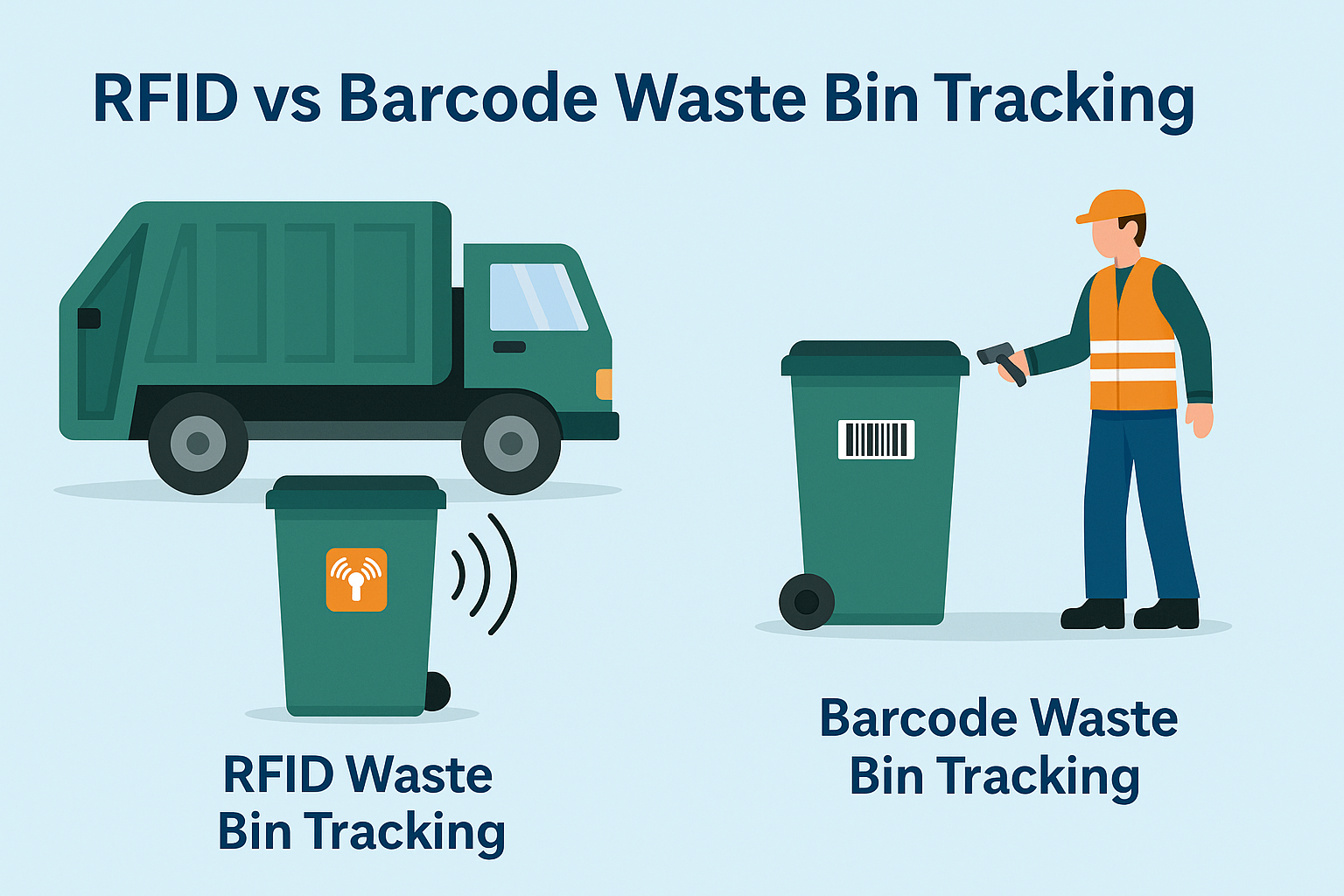
What Is RFID Waste Management
Imagine a city where every trash bin speaks — not literally — but through a tiny chip that tells the system when it’s full, when it’s emptied, and where it went. That’s what RFID waste management is doing today.

What are Bolt Seals and their Applications? | Complete Guide
In global trade and logistics, bolt seals play a crucial role in ensuring cargo security and compliance. These small but powerful devices are designed to lock shipping containers, trailers, and cargo doors with a tamper-evident mechanism.
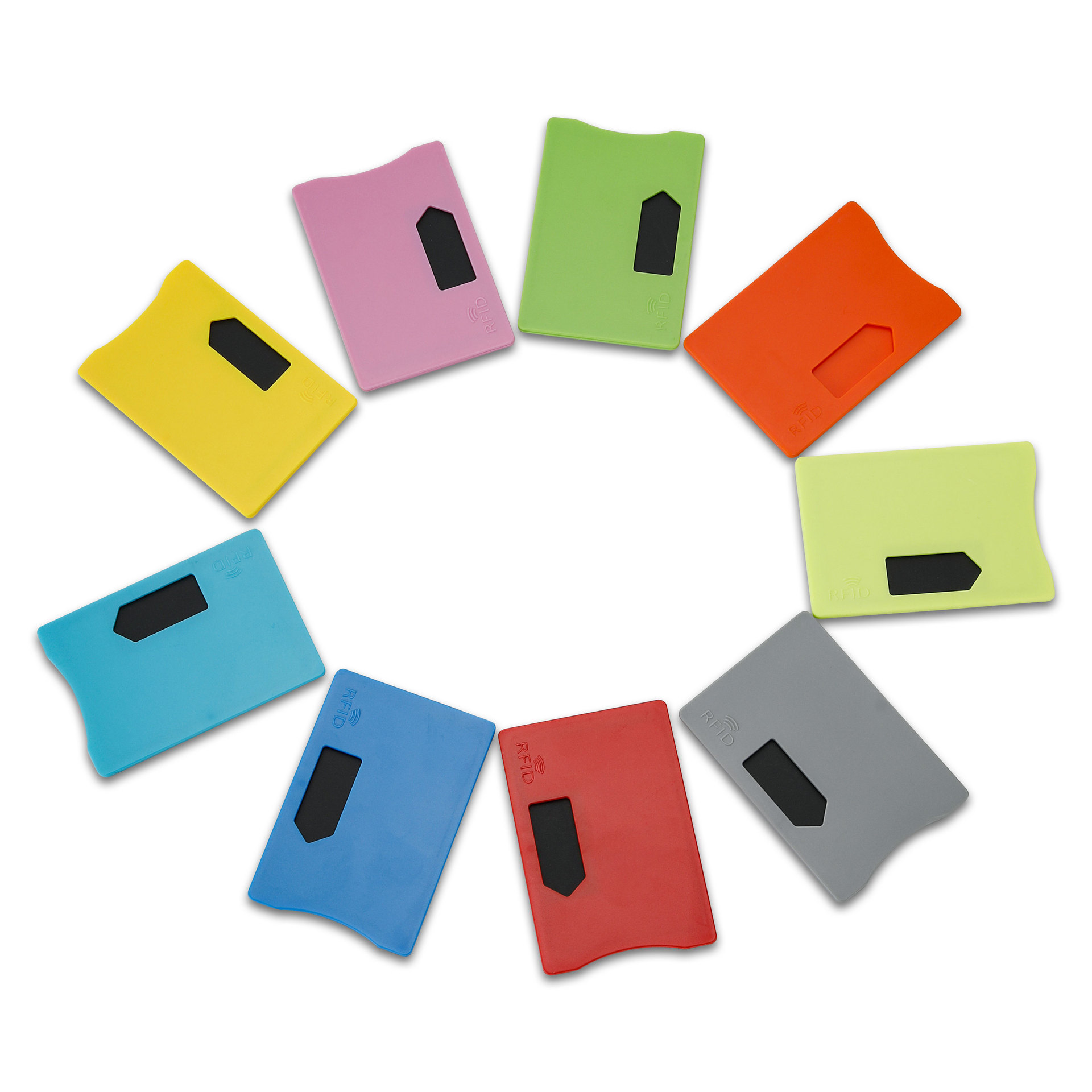
What is an RFID Card Protector? Benefits, Use Cases, and Buying Guide
RFID technology (Radio Frequency Identification) is everywhere: in your credit cards, ID badges, transit passes, hotel room keys, and more. It offers speed and convenience, but it also opens the door to a new kind of digital theft called “skimming.” That’s where an RFID card protector comes in.
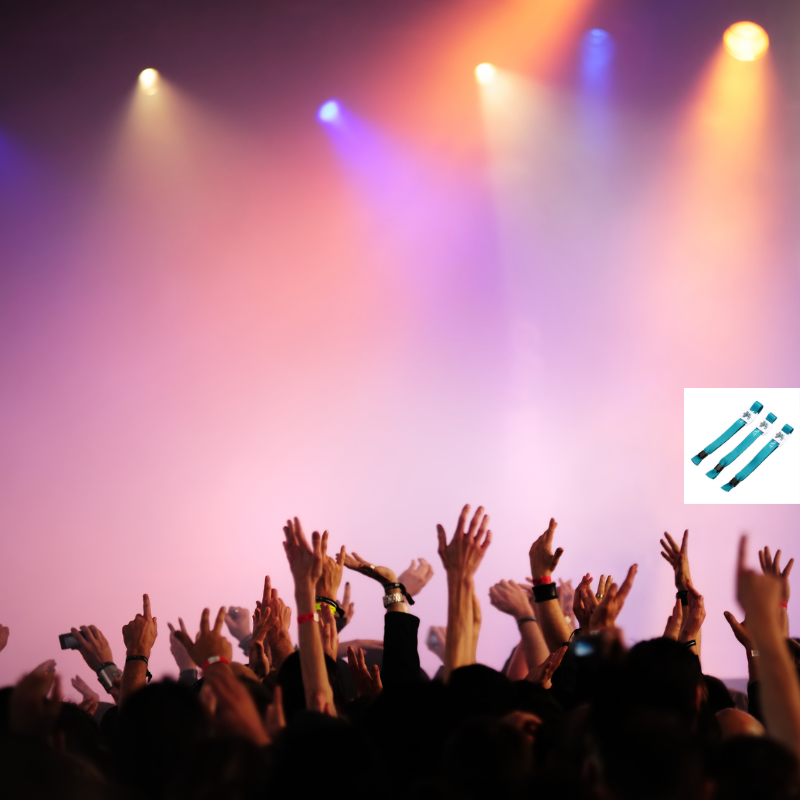
RFID Wristbands for Events: Bulk Buying Guide for Organizers
RFID wristbands for events are becoming the go-to solution for organizers who need faster entry, fraud prevention, and cashless payments at concerts, festivals, and sports venues. Unlike paper tickets or QR codes, these smart wristbands use embedded chips to streamline access, secure transactions, and improve the guest experience.

How RFID Tag on Windscreen Improves Vehicle Access Control and Toll Systems
In today’s fast-paced world, vehicle identification needs to be quick, secure, and contactless. An RFID Tag on the Windscreen provides exactly that — a reliable way to manage toll collection, parking, and gated access without stopping vehicles.
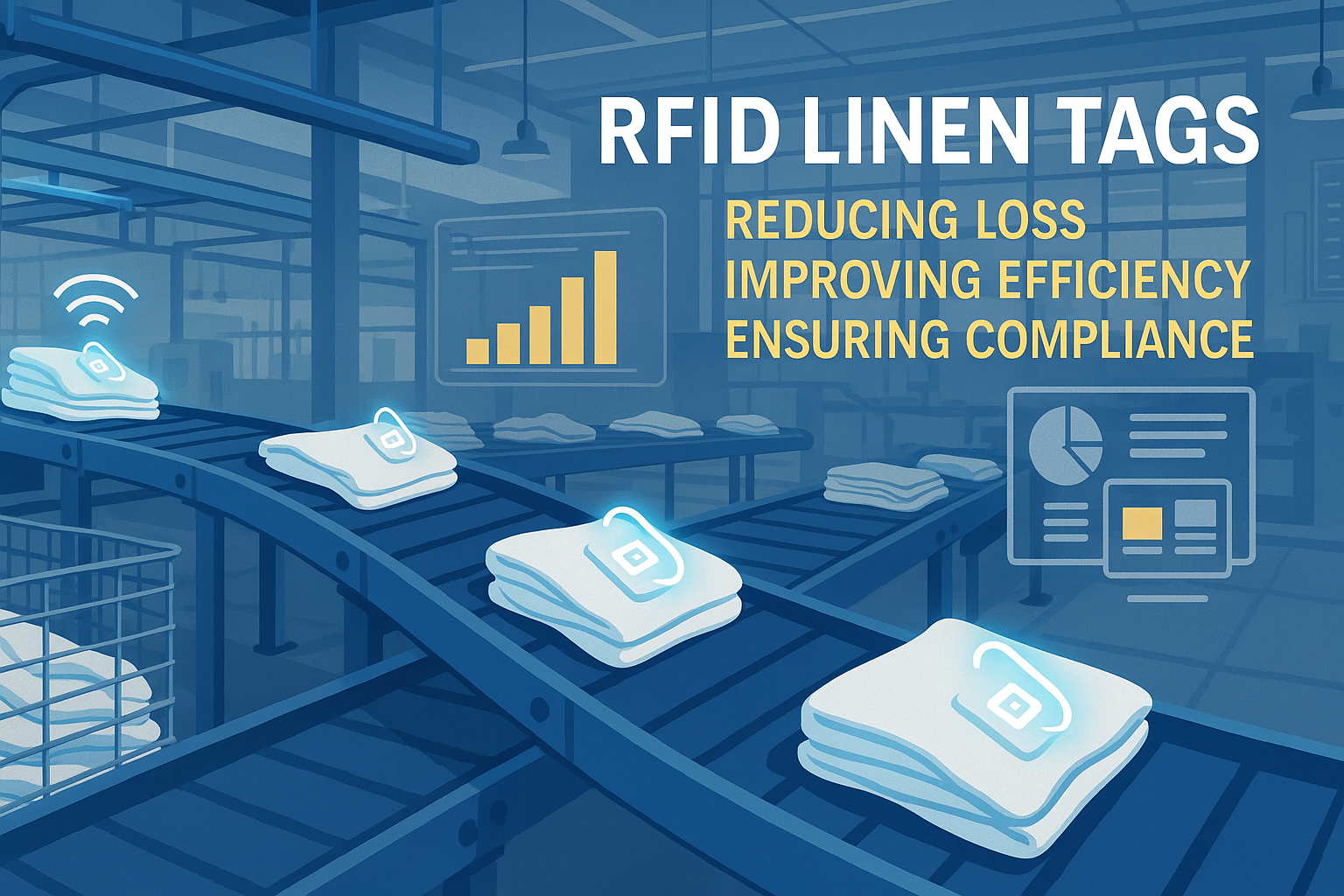
The Benefits of RFID Linen Tags in Commercial Laundry
Managing laundry in hospitals, hotels, or large laundry services is a big job. Each day, thousands of sheets, towels, and uniforms are washed, sorted, and sent back out. But problems like lost linens, sorting mistakes, and manual counting can cost companies a lot of money. For example, mid-sized hotels can lose over $200,000 each year from missing linens.
That’s where RFID Linen Tags come in.
Tags
RELATED BLOGS

What Is RFID Waste Management
Imagine a city where every trash bin speaks — not literally — but through a tiny chip that tells the system when it’s full, when it’s emptied, and where it went. That’s what RFID waste management is doing today.

What are Bolt Seals and their Applications? | Complete Guide
In global trade and logistics, bolt seals play a crucial role in ensuring cargo security and compliance. These small but powerful devices are designed to lock shipping containers, trailers, and cargo doors with a tamper-evident mechanism.

What is an RFID Card Protector? Benefits, Use Cases, and Buying Guide
RFID technology (Radio Frequency Identification) is everywhere: in your credit cards, ID badges, transit passes, hotel room keys, and more. It offers speed and convenience, but it also opens the door to a new kind of digital theft called “skimming.” That’s where an RFID card protector comes in.




